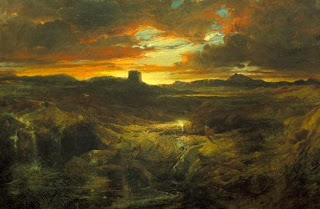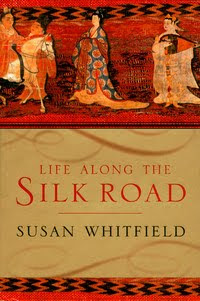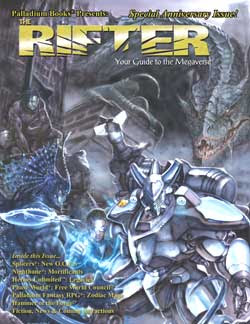
So, as you could have guessed, I did not win NaNoWriMo 2009. I wound down and despite encouragement (and then justified chastisement) by my writing buddies I never got started again. This last year is the worst I have done yet. Well, there’s always next year… Speaking of which I have already started planning. I have too many ideas. I think I want to write a
magical realist piece. Something set in an identifiable time and place but that doesn’t hold itself strictly to reality. Maybe it could be called symbolist historical fiction?
Current ideas:
A semi-biography of three Chinese pirates. It seems that in the early years of the Nineteenth Century the Pirate King of the South China Sea had both a wife and a male lover. After his death (accident or murder?) this bereaved duo teamed up and ruled the waves together. This is based on real events! Go read about
Ching Yih and you’ll know as much as I do.
I also like (again loosely based on reality) the idea of an Icelandic family that takes a traditional New Year’s Eve trek to the foot of a local glacier. Except the glacier is receding farther each year. The changes in the landscape reflect the breakdown of multi-generational traditions in the modernized world. (Oh wait, did I tip my hand too early?) There’s Ma and Pa, the “good” son, the “bad” son and the daughter with her American lawyer husband. I know “the journey is a metaphor for life” type stuff has been done; but not in Iceland! There’s the opportunity to mix commentary on environmentalism, the debate about
aluminum smelters and American thrill-seeking with references to Viking mythology! I’ve tentatively called this one “Twilight of the Gods.”
Lastly, the American Southwest desert. I’m a big fan. I’m thinking of a tale set in three or four times. A Hohokam, an early Anglo settler and someone in Phoenix circa 1970. There is something that resonates about that place for all of them an even back and forth between them. It’d be kind of an exploration of “the more things change the more things stay the same.” The desert is the symbol of that. Saguaros are so slow growing and just outside of the blacktop of today’s Phoenix the scrub looks the same now as it always has. There’s something powerful in that kind of ever-present landscape. Something…
In other news, I have something really close to fruition that isn’t at all related to writing novels all on one month. Official announcements to follow before too long.
Anyway, that’s all the news that fit to type. TTNF.





















